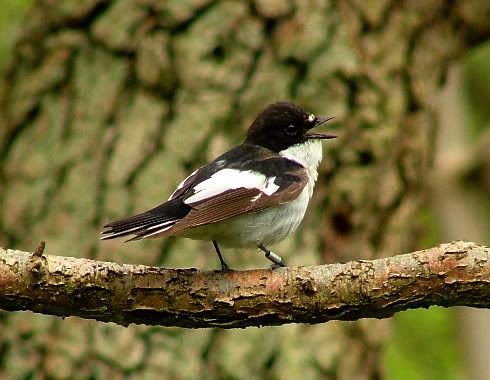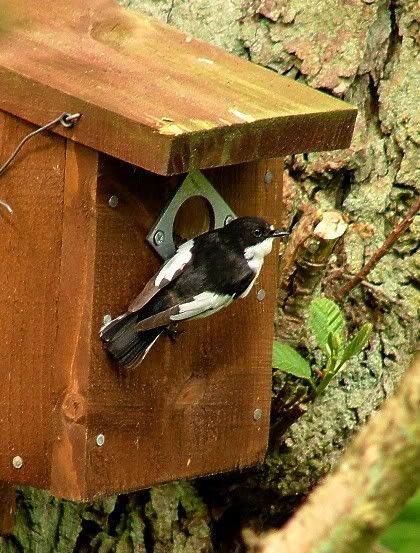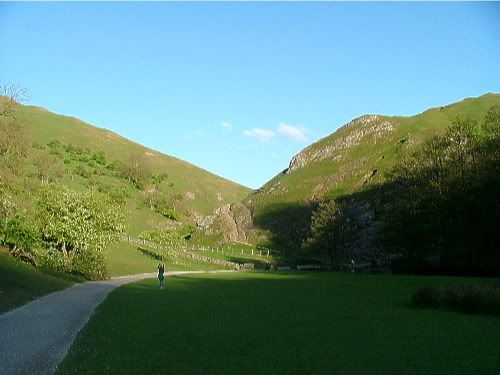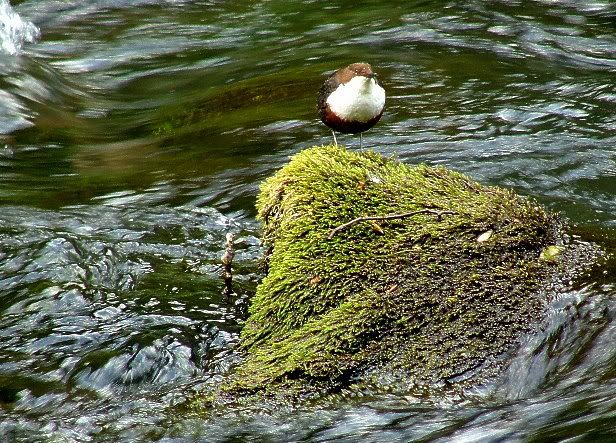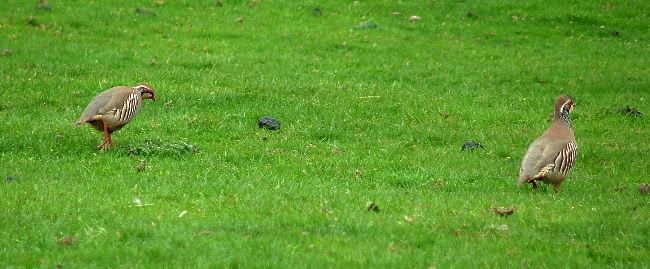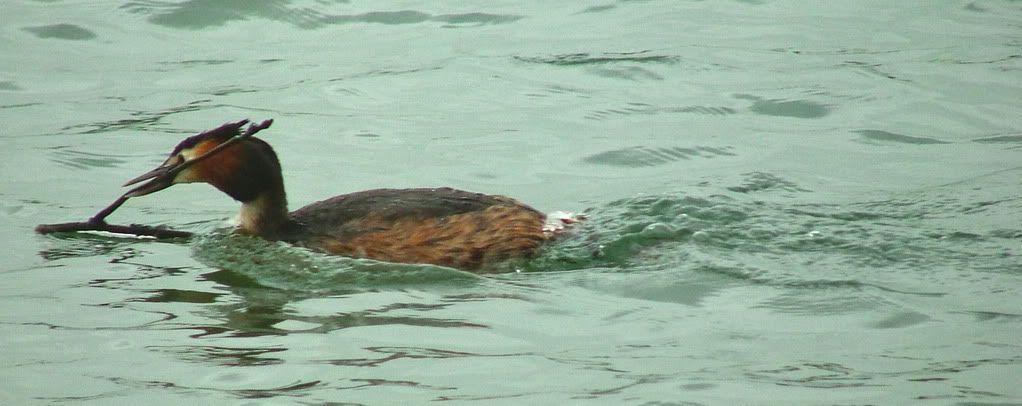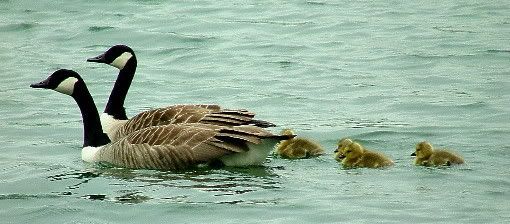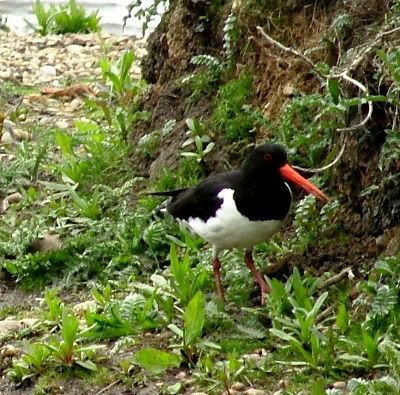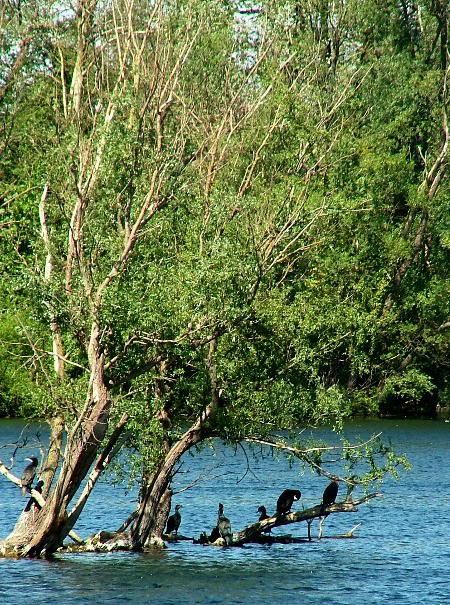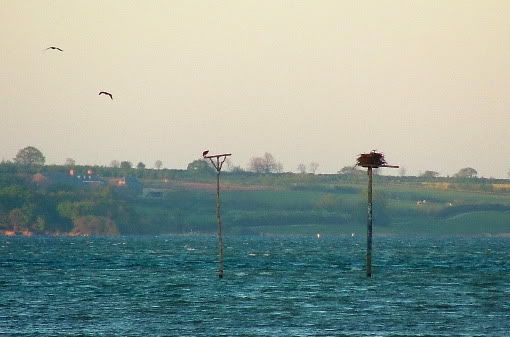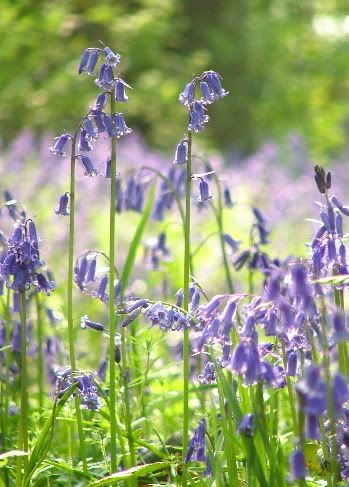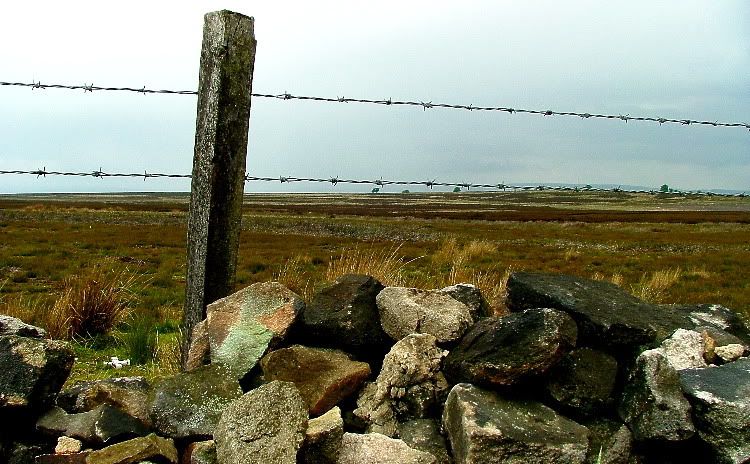
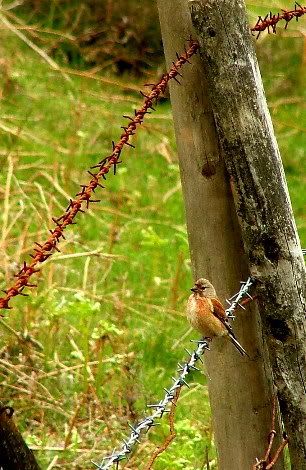
The day began as a scouting expedition, a chance to check out a few birding areas that may well become our local haunts when we manage the move into Derbyshire. First mark on the map was Beeley Moor, a few miles north and east of Matlock. It's one of the lower expanses of the Peak moorland, so not all moorland species are present. What we did see were plenty of Curlew and Linnet, charming enough on their own, and interestingly enough Willow Warbler were around - across the whole moor there might not be more than two dozen small trees and shrubs thinly scattered, otherwise it's vast heather, still the warblers were at home.
The moor itself is a designated wildlife sanctuary so access is limited and some of the best birding can be made from parking the car in a lay-by and watching from there.
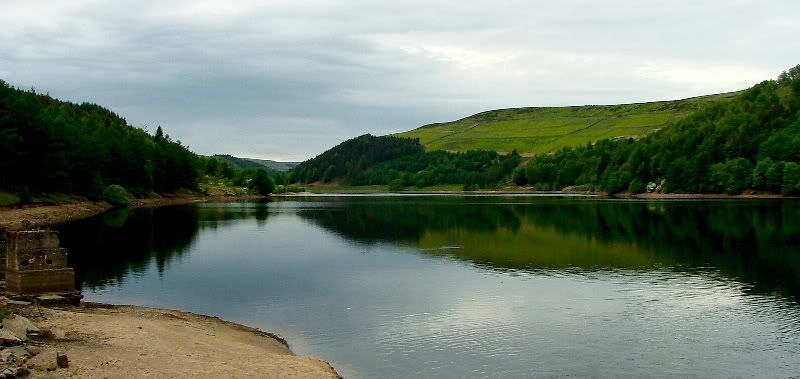
The second leg of the day took us up to Derwent Reservoir which was fairly busy with holiday weekenders. Again fairly quiet of birds, several pairs of Grey Wagtail and Common Sandpiper were nice enough to turn up every couple of hundred yards. Perhaps the highlight here was in the car park, where family groups of Siskin were omnipresent on the niger feeders. That is #156 for my year list as I somehow failed to find any during the second half of winter.
Then late in the evening, we're talking 10pm, we found a lay-by overlooking a clearing in a wood near Matlock. We'd read there's potentially Nightjar to be found there. No luck, however we did see roding Woodcock, a special sight and #192 for the life list. Their call is memorable enough in itself, a sort of croking frog that hiccups, what hen Woodcock would fail to be impressed?
All in all, not a bad day, and it's Plan B for the Nightjar - Sherwood Forest in a weekend or two, a more certain prospect by all accounts.
Video 1 - Siskin on niger feeder
Video 2 - Siskin on niger feeder
Both those hand-held-digi-scoped videos courtesy of the girlfriend, sometimes it takes a woman's touch.


